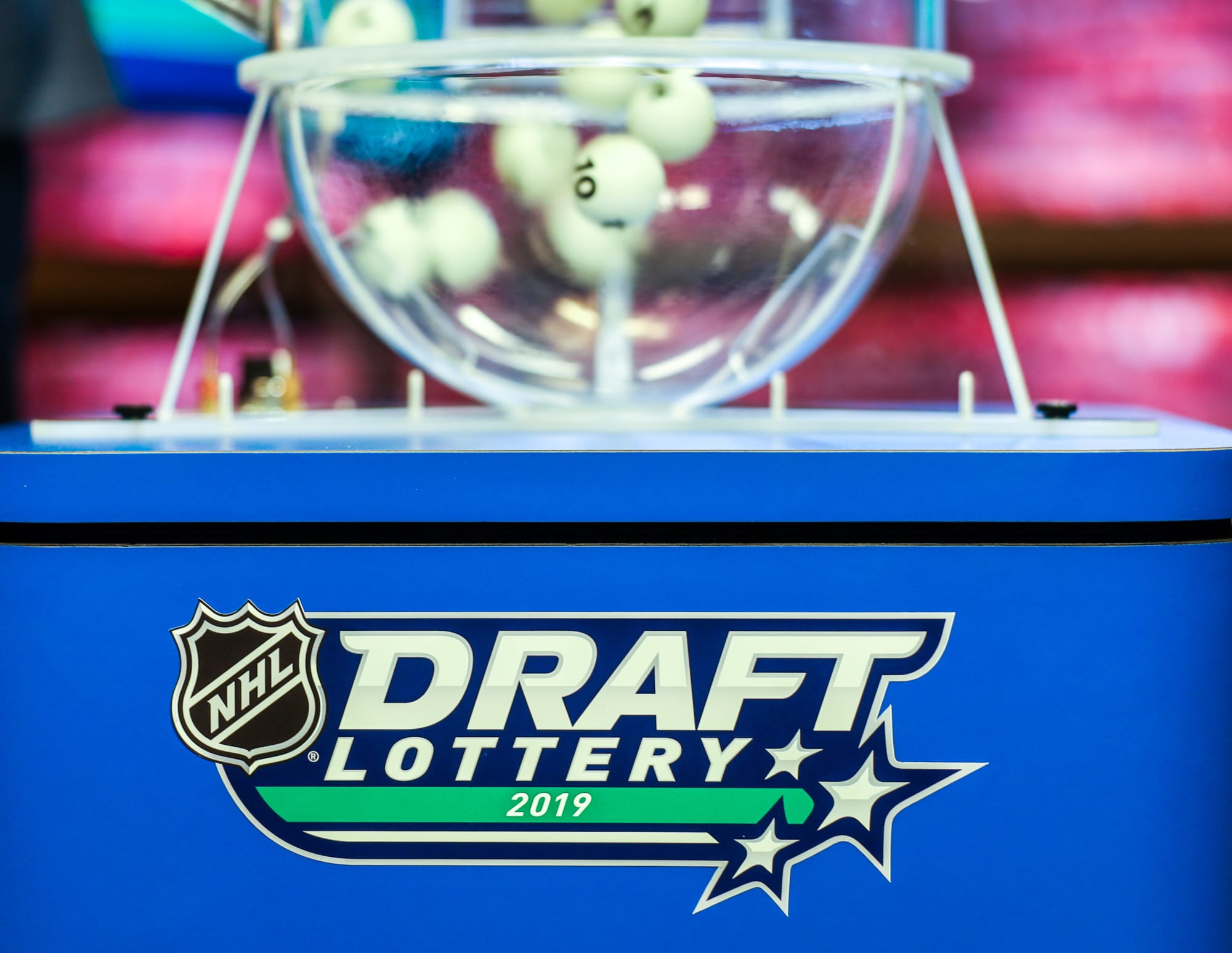Dalam dunia perjudian online, banyak pemain yang mencari situs yang terpercaya untuk memastikan pengalaman bermain yang aman dan menyenangkan. Dalam artikel ini, kami akan memberikan tips dan trik untuk para pemain judi online yang ingin menemukan situs judi online terpercaya. Kami juga akan membahas berbagai jenis permainan yang tersedia, seperti idnpoker, poker online terpercaya, casino online, dan masih banyak lagi. Mari kita jelajahi panduan lengkap ini!
Pertama-tama, hal terpenting dalam memilih situs judi online terpercaya adalah keamanan dan integritasnya. Pastikan situs memiliki lisensi resmi dan reputasi yang baik di kalangan pemain. daftar rakyatpoker tahu juga apakah situs menggunakan sistem keamanan yang canggih untuk melindungi data pribadi dan keuangan pemain. Dengan memilih situs yang terpercaya, Anda dapat memastikan bahwa setiap kemenangan yang Anda dapatkan akan dibayarkan dengan cepat dan adil.
Selanjutnya, penting untuk memeriksa berbagai jenis permainan yang tersedia di situs judi online. Apakah Anda mencari permainan kartu seperti idnpoker atau ceme online, atau Anda lebih suka bermain roulette online atau baccarat online, pastikan situs menawarkan variasi yang lengkap. Semakin banyak pilihan yang Anda miliki, semakin besar peluang Anda untuk menemukan permainan yang sesuai dengan preferensi Anda.
Selain itu, periksa juga fitur-fitur lain yang ditawarkan oleh situs judi online tersebut. Apakah mereka menyediakan layanan live chat yang responsif untuk membantu menjawab pertanyaan Anda? Apakah mereka memiliki sistem login dan daftar yang mudah digunakan? Pastikan juga situs menyediakan variasi metode pembayaran yang dapat Anda gunakan dengan mudah.
Dalam dunia perjudian online yang luas, penting untuk mengingatkan bahwa judi haruslah dilakukan dengan bertanggung jawab. Jangan pernah melebihi batas kemampuan finansial Anda dan selalu mainkan permainan dengan pikiran yang tenang dan santai. Dengan mengikuti tips dan trik di artikel ini, diharapkan pemain dapat menemukan situs judi online terpercaya dan memaksimalkan pengalaman bermain mereka. Selamat bermain dan semoga sukses!
Cari Situs Judi Online Terpercaya
Dalam dunia judi online, mencari situs yang terpercaya adalah langkah penting untuk memastikan pengalaman bermain yang aman dan menyenangkan. Berikut adalah beberapa tips untuk mencari situs judi online terpercaya:
-
Membaca ulasan dan testimoni: Sebelum memilih situs judi online, penting untuk membaca ulasan dan testimoni dari pemain lain. Hal ini akan memberikan gambaran tentang reputasi situs tersebut dan kualitas pelayanan yang mereka tawarkan. Pastikan untuk mencari ulasan yang objektif dan dapat dipercaya.
-
Memeriksa lisensi dan regulasi: Situs judi online terpercaya biasanya memiliki lisensi resmi dan diatur oleh otoritas perjudian yang terkemuka. Pastikan untuk memeriksa apakah situs tersebut memiliki lisensi yang sah dan tunduk pada regulasi yang ketat. Lisensi seperti PAGCOR atau Isle of Man Gambling Supervision Commission dapat menjadi indikator kepercayaan.
-
Keamanan dan perlindungan data: Sebelum mendaftar, pastikan situs judi online yang Anda pilih menjaga keamanan dan privasi data pribadi Anda. Situs yang terpercaya akan menggunakan teknologi enkripsi yang kuat untuk melindungi informasi pemain dan melakukan langkah-langkah keamanan yang memadai.
Dengan menggunakan tips di atas, Anda dapat meningkatkan peluang untuk menemukan situs judi online terpercaya yang memberikan pengalaman bermain yang aman dan menghibur. Ingatlah selalu untuk bermain secara bertanggung jawab dan mengatur batas permainan Anda. Selamat bermain!
Mengetahui Jenis-Jenis Permainan Judi Online
Perjudian online menawarkan berbagai jenis permainan yang dapat dinikmati oleh para pemain. Dalam bagian ini, kita akan membahas beberapa jenis permainan judi online yang populer.
-
Poker Online: Salah satu permainan judi online yang paling populer adalah poker online. Para pemain dapat bersaing dengan pemain lainnya dari berbagai belahan dunia dalam berbagai turnamen dan meja taruhan. Keahlian dalam mengelola kartu dan membaca lawan adalah kunci kesuksesan dalam permainan ini.
-
Casino Online: Permainan casino online menawarkan pengalaman serupa dengan casino fisik. Pemain dapat memilih dari berbagai permainan seperti roulette, baccarat, dan sicbo. Keuntungan dari casino online adalah kenyamanan bermain kapan saja dan di mana saja tanpa harus meninggalkan rumah.
-
Togel: Togel adalah permainan judi online yang berhubungan dengan angka. Para pemain harus menebak angka yang akan keluar dalam undian tertentu. Togel dapat menjadi permainan yang mengasyikkan, namun tetap ingatlah bahwa ini adalah permainan yang bergantung pada keberuntungan.
Anda sekarang telah mengetahui beberapa jenis permainan judi online yang populer. Tetaplah bermain dengan bijak dan bertanggung jawab, serta selalu pahami aturan dan batasan yang berlaku.
Strategi dan Tips untuk Bermain Judi Online
Pada bagian ini, kita akan membahas beberapa strategi dan tips yang berguna bagi para pemain judi online. Dengan mengikuti panduan ini, diharapkan Anda dapat meningkatkan peluang kemenangan dan mengoptimalkan pengalaman bermain Anda.
-
Pilihlah Situs Judi Online Terpercaya
Hal pertama yang harus Anda lakukan adalah memastikan Anda memilih situs judi online terpercaya. Pastikan situs tersebut memiliki lisensi resmi dan reputasi yang baik di kalangan pemain. Selain itu, pastikan juga situs tersebut menyediakan variasi permainan yang lengkap dan menawarkan layanan pelanggan yang responsif. Dengan memilih situs judi online terpercaya, Anda dapat bermain dengan aman dan nyaman. -
Manajemen Keuangan yang Bijaksana
Selanjutnya, penting bagi Anda untuk memiliki manajemen keuangan yang bijaksana saat bermain judi online. Tetapkan batas taruhan dan anggaran bermain yang sesuai dengan keuangan Anda. Jangan pernah melebihi batas yang telah ditetapkan, meskipun Anda sedang dalam kondisi kalah. Selalu ingat bahwa judi online adalah bentuk hiburan dan bukan cara untuk menghasilkan uang secara instan. -
Pahami Permainan yang Anda Mainkan
Langkah terakhir yang penting adalah memahami permainan yang Anda mainkan. Pelajari aturan dan strategi dasar dari permainan judi online yang Anda pilih. Berlatihlah secara konsisten untuk meningkatkan keterampilan bermain Anda. Jika ada permainan baru yang ingin Anda coba, pastikan Anda mempelajari aturan-aturannya sebelum memasang taruhan uang asli. Dengan pemahaman yang baik tentang permainan, Anda dapat membuat keputusan yang lebih tepat dan meningkatkan peluang kemenangan Anda.
Dengan mengikuti strategi dan tips di atas, Anda dapat memaksimalkan pengalaman bermain judi online dan meningkatkan peluang kemenangan Anda. Ingatlah untuk selalu bermain dengan bijak dan bertanggung jawab. Selamat bermain dan semoga berhasil!



























































































































































